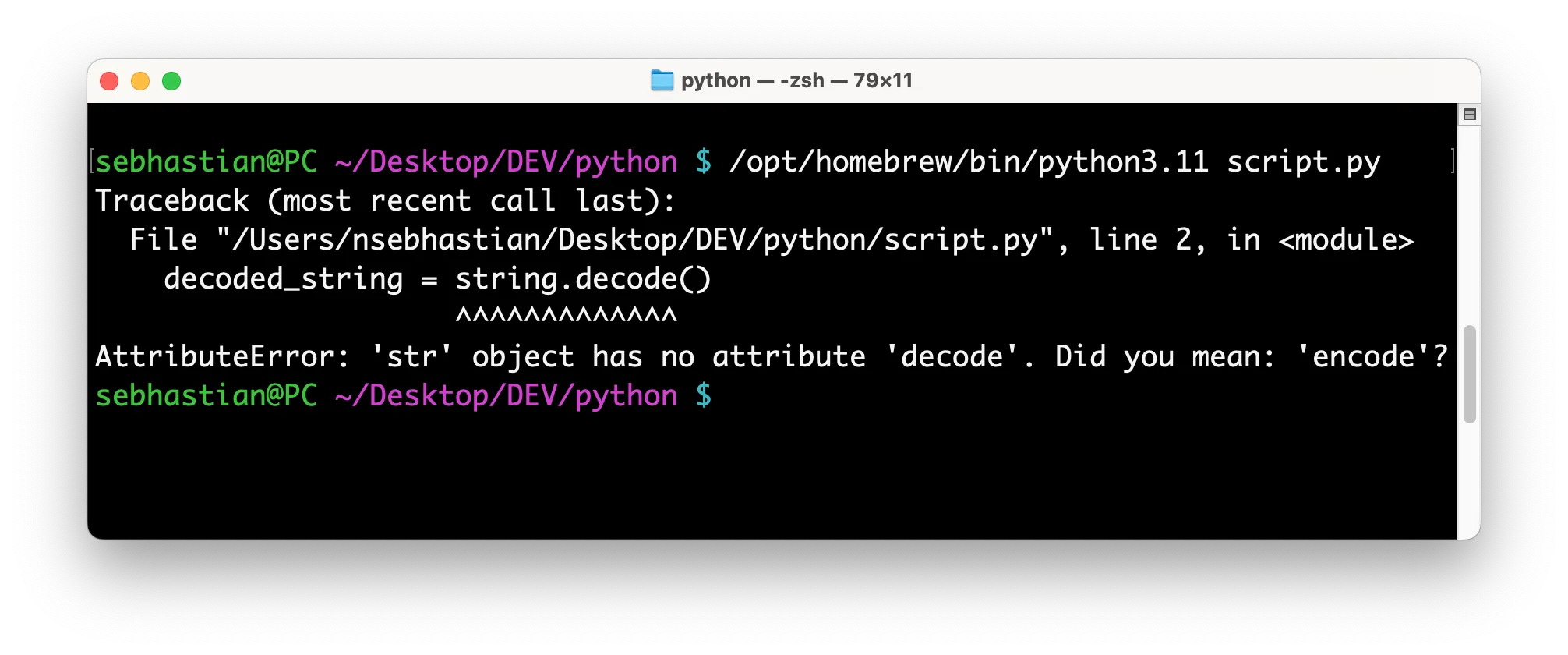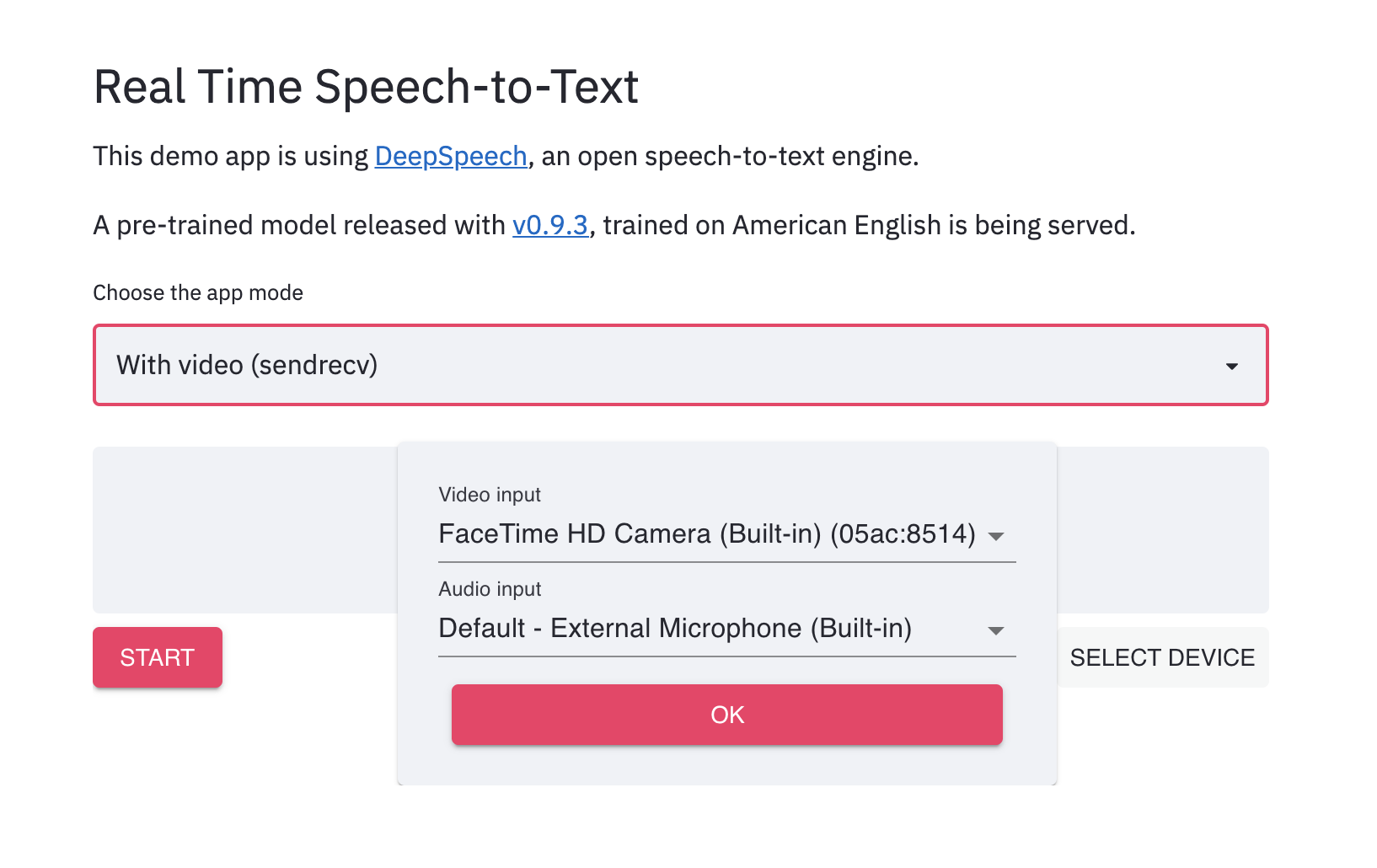Str’ Object Has No Attribute ‘Decode’
## Possible Causes of the Attribute Error:
There are several reasons why you might encounter the “‘str’ object has no attribute ‘decode'” error. Let’s explore some of the common causes:
### 1. Issues with Python Version and Compatibility:
This error can occur if you are using an outdated version of Python that doesn’t support the ‘decode()’ method. The ‘decode()’ method is used to convert a byte string into a regular string, and it was introduced in Python 3. In Python 2, you would use the ‘decode()’ method on byte strings, but in Python 3, strings are already Unicode, so the ‘decode()’ method is not applicable.
### 2. Missing Import Statements:
Another common cause of the attribute error is missing import statements. If you forget to import the necessary libraries or modules that contain the ‘decode()’ method, Python will not recognize it and raise an attribute error.
### 3. Encoding and Decoding Errors:
If you are working with encoded or decoded data, and you mistakenly try to decode it again, you may encounter the attribute error. It is important to understand the encoding and decoding process to avoid this error. For example, if you try to decode a string that is already in its decoded form, Python will raise the attribute error.
### 4. Incorrect Usage of the decode() Method:
The attribute error can also be triggered if you use the ‘decode()’ method incorrectly. The ‘decode()’ method should be called on a byte string, not on a regular string. If you try to call the ‘decode()’ method on a regular string object, Python will raise the attribute error.
## Solutions to Fix the Attribute Error:
Now that we understand the possible causes of the attribute error, let’s discuss the solutions to fix it:
### 1. Upgrading Python and Checking Compatibility:
If you encounter the attribute error due to compatibility issues with the Python version, consider upgrading to a newer version of Python. Make sure to check the documentation and release notes to ensure that the ‘decode()’ method is supported in the version you are using.
### 2. Including Necessary Import Statements:
If you forget to import the required libraries or modules, make sure to include the necessary import statements at the beginning of your code. For example, if you are working with the base64 encoding and decoding, you need to import the ‘base64’ module.
### 3. Handling Encoding and Decoding Errors:
To avoid encoding and decoding errors, it is important to have a clear understanding of the data you are working with. If you are unsure about the encoding of your data, you can use the ‘encode()’ method to encode it or the ‘decode()’ method to decode it. However, make sure not to mix up the two processes and try to decode already decoded data.
### 4. Proper Usage of decode() Method:
To avoid the attribute error, ensure that you are using the ‘decode()’ method on a byte string, not on a regular string. If you are unsure about the type of the object you are working with, you can use the ‘type()’ function to check its type.
## Best Practices to Avoid Attribute Error:
To prevent the attribute error “‘str’ object has no attribute ‘decode'”, here are some best practices to follow:
1. Check for the Proper Python Version: Always make sure you are using a compatible Python version that supports the ‘decode()’ method.
2. Import Required Libraries: Double-check that you have imported the necessary libraries or modules to use the ‘decode()’ method.
3. Handle Encoding and Decoding Gracefully: Understand the encoding and decoding process to avoid any confusion or misuse of the ‘decode()’ method.
4. Follow Correct Syntax of decode() Method: Use the ‘decode()’ method on byte strings, not on regular strings. Ensure that you are using the correct syntax when calling the method.
By following these best practices, you can minimize the chances of encountering the attribute error in your Python code.
## FAQs
### Q1: What is the meaning of the ‘decode()’ method in Python?
The ‘decode()’ method is used to convert a byte string into a regular string. It is commonly used when working with encoded data to retrieve the original text representation.
### Q2: How do I fix the attribute error “‘str’ object has no attribute ‘decode'”?
To fix this attribute error, you can try upgrading Python to a compatible version, ensure that you have imported the necessary libraries, handle encoding and decoding errors correctly, and make sure to call the ‘decode()’ method on a byte string.
### Q3: Can I use the ‘decode()’ method on a regular string in Python?
No, the ‘decode()’ method should be used on byte strings, not on regular strings. Regular strings in Python 3 are already Unicode, so decoding is not necessary.
### Q4: Are there any other methods to decode data in Python?
Yes, apart from the ‘decode()’ method, you can also use methods like ‘base64.b64decode()’ to decode Base64 data or ‘binascii.unhexlify()’ to decode hexadecimal data.
In summary, the attribute error “‘str’ object has no attribute ‘decode'” occurs when trying to use the ‘decode()’ method incorrectly on a regular string object. This error can be fixed by upgrading Python, including necessary import statements, handling encoding and decoding errors properly, and using the ‘decode()’ method on byte strings. Following best practices and avoiding common mistakes will help you prevent this error in your Python code.
Attributeerror: ‘Str’ Object Has No Attribute ‘Decode’ In Logistic Regression Algorithm
Keywords searched by users: str’ object has no attribute ‘decode’ Decode UTF-8 Python, Str encode decode, Base64 decode Python, Decode Python, Decode hex Python, String decode, Decode bytes Python, Decode trong Python
Categories: Top 30 Str’ Object Has No Attribute ‘Decode’
See more here: nhanvietluanvan.com
Decode Utf-8 Python
Introduction:
As programming languages continue to evolve, understanding how to handle Unicode properly has become a crucial skill for every developer. In the case of Python, its built-in encoding and decoding capabilities make it an excellent choice for working with different character encodings, including UTF-8. In this article, we will dive deep into decoding UTF-8 in Python, exploring its significance, implementation, and offering valuable tips for tackling common issues.
Understanding UTF-8 Encoding:
Unicode is a universal character encoding standard that aims to represent all possible characters from all writing systems. UTF-8, short for Unicode Transformation Format-8, is a variable-length encoding that allows for efficient storage and transmission of Unicode characters. It is the most widely used encoding format on the internet, supporting almost all languages.
UTF-8 uses a variable number of bytes to represent characters, commonly ranging from one to four bytes. It employs ASCII characters as a basis and expands upon them. ASCII characters use a single byte (eight bits), and since UTF-8 maintains backward compatibility with ASCII, all ASCII characters are represented the same way in both encoding schemes.
Python’s Built-in Support for UTF-8:
Python has built-in support for Unicode, making it a convenient language for handling UTF-8 encoded data. Strings in Python are stored internally as Unicode, which allows for seamless manipulation of text in different languages and scripts.
To decode UTF-8 encoded data in Python, one can utilize the `decode()` method, which is available for byte sequences. This method takes an encoding scheme as an argument and returns a Unicode string. In the case of UTF-8, the encoding scheme would be ‘utf-8′.
Example:
“`
data = b’Hello, World!’ # Assuming the byte sequence represents UTF-8 encoded data
decoded_data = data.decode(‘utf-8′)
print(decoded_data) # Output: Hello, World!
“`
In the above example, we decode the byte sequence `data` using the `decode()` method with UTF-8 as the encoding scheme. The resulting Unicode string, `decoded_data`, can be easily manipulated or displayed correctly.
Handling Decoding Errors:
While decoding UTF-8 data in Python is generally straightforward, it is essential to be aware of potential decoding errors. Invalid byte sequences or improperly encoded data can cause UnicodeDecodeError exceptions.
To overcome such issues, the `decode()` method of byte sequences accepts an optional `”errors”` parameter, allowing you to specify the error handling approach. The most common error handling schemes include:
1. `”strict”` (default): Raises a UnicodeDecodeError when encountering an invalid byte sequence.
2. `”replace”`: Replaces any invalid byte sequences with the Unicode Replacement Character (U+FFFD).
3. `”ignore”`: Ignores any invalid byte sequences and omits them from the decoded string.
Example:
“`
data = b’\xc3\x28’ # Invalid UTF-8 byte sequence
decoded_data = data.decode(‘utf-8′, errors=’replace’)
print(decoded_data) # Output: �(
“`
In the above example, the invalid byte sequence `\xc3\x28` results in a UnicodeDecodeError. By including the `”errors=’replace'”` parameter, the invalid sequence is replaced with a replacement character, allowing for the decoding process to continue without throwing an exception.
Frequently Asked Questions:
1. Q: Can I decode UTF-8 encoded data from a file in Python?
A: Yes, you can use Python’s built-in file handling capabilities to read UTF-8 encoded data from a file and decode it. By opening the file in ‘rb’ (read binary) mode, you can retrieve the byte sequence, which can then be decoded using the decode() method.
2. Q: How can I check if a string in Python is UTF-8 encoded?
A: In Python, strings are internally stored as Unicode, regardless of their encoding. However, you can check if a given byte sequence can be decoded into UTF-8 by attempting to decode it using the `decode()` method. If the decoding process succeeds, the byte sequence is UTF-8 encoded.
3. Q: Can I encode a Unicode string into UTF-8 in Python?
A: Yes, Python supports encoding Unicode strings to UTF-8 encoded byte sequences. The `encode()` method, available for Unicode strings, takes an encoding scheme as an argument and returns the encoded byte sequence.
Example:
“`
data = ‘Hello, World!’ # Assuming the string is Unicode
encoded_data = data.encode(‘utf-8’)
print(encoded_data)
“`
4. Q: How can I handle non-ASCII characters in Python when working with files?
A: When working with files that contain non-ASCII characters, it’s crucial to specify the encoding explicitly while opening the file for reading or writing. For example, to read a file encoded in UTF-8, use: `open(‘filename.txt’, ‘r’, encoding=’utf-8′)`.
Conclusion:
Decoding UTF-8 in Python is a fundamental skill that every Python developer should possess. With Python’s built-in support for Unicode and its powerful `decode()` method, handling UTF-8 encoded data becomes an easy task. By understanding how to handle decoding errors and utilizing appropriate error handling schemes, developers can ensure the successful decoding of UTF-8 data. Remember to explicitly specify the encoding when dealing with text files that contain non-ASCII characters to prevent unintended consequences.
Str Encode Decode
Encoding is the process of converting data into a format that is suitable for transmission or storage. This is particularly important when dealing with non-printable or reserved characters that may cause conflicts or parsing issues. Str encode encode allows for the representation of such characters in a way that is resistant to parsing errors. It offers a standardized method to transform textual data into a safe and compatible format.
Decoding, on the other hand, refers to the process of reversing the encoding process, where the encoded data is converted back to its original form. This is essential to extract and utilize the original content of the encoded data.
Str encoding and decoding are widely employed in various domains of computer programming. One of the primary applications is in data transmission over network protocols. When transmitting data over networks, it is crucial to ensure that the data is correctly delivered without any corruption. Str encoding helps in achieving this by encoding the data before transmission, ensuring that special characters are properly encoded to avoid any misunderstandings or corruption during transfer. At the receiving end, the encoded data is decoded to retrieve the original content.
Another notable application of Str encode decode is in URL encoding. URLs can only contain a limited set of characters, and any special characters need to be encoded. This ensures that the URL is correctly interpreted by web browsers and servers. For instance, spaces are typically encoded as “%20,” and other reserved characters like “&” or “+” have specific encoding formats. Str encode decode allows for seamless URL encoding and decoding, making it possible to handle complex URLs without issues.
Str encoding is also used in the context of data storage and compression. When storing data in various formats such as XML or JSON, it is essential to encode the data to preserve its integrity and compatibility. Similarly, when compressing data, encoding is often employed as part of the compression algorithm. Decoding is used to restore the data to its original format after decompression or retrieval.
Now, let’s address some frequently asked questions regarding Str encoding and decoding:
Q: Can Str encoding and decoding be used for encryption?
A: No, Str encoding and decoding should not be confused with encryption. Encoding is a reversible transformation that doesn’t involve any security measures. It is primarily used for data representation and compatibility. Encryption, on the other hand, is a process used to protect sensitive data by converting it into an unreadable format.
Q: What are some commonly used encoding formats?
A: There are various encoding formats, including but not limited to URL encoding, Base64 encoding, and HTML encoding. Each format has its specific rules and characteristics depending on its intended use.
Q: Is Str encoding and decoding language-specific?
A: No, Str encoding and decoding is a concept that can be implemented in any programming language. Most popular programming languages provide built-in functions or libraries to facilitate encoding and decoding operations.
Q: Can Str encoding cause data loss?
A: No, Str encoding does not cause any data loss when done correctly. It is a reversible process, ensuring that the original data can be retrieved without any loss or corruption.
Q: What are the limitations of Str encoding?
A: Str encoding is not suitable for securing sensitive information or protecting data from unauthorized access. It is primarily used for data representation and compatibility purposes, rather than security.
In conclusion, Str encode decode is a valuable technique used in computer programming to transform data from one representation to another. It is widely employed for data transmission, URL encoding, data storage, and compression. While it is not a method for encryption or ensuring data security, it plays a crucial role in ensuring data compatibility and integrity.
Images related to the topic str’ object has no attribute ‘decode’

Found 10 images related to str’ object has no attribute ‘decode’ theme








![Attributeerror: str object has no attribute decode [SOLVED] Attributeerror: Str Object Has No Attribute Decode [Solved]](https://itsourcecode.com/wp-content/uploads/2023/03/Attributeerror-str-object-has-no-attribute-decode-1.png)


















![Keras] 'str' object has no attribute 'decode' Keras] 'Str' Object Has No Attribute 'Decode'](https://img1.daumcdn.net/thumb/C176x176/?fname=https://blog.kakaocdn.net/dn/ng405/btq8hrbi1SW/KbzWpAGyxVTUUU6SH3yrQ0/img.png)
















![Attributeerror: str object has no attribute decode [SOLVED] Attributeerror: Str Object Has No Attribute Decode [Solved]](https://itsourcecode.com/wp-content/uploads/2021/01/IT-SOURCECODE_ICON-07.jpg)





Article link: str’ object has no attribute ‘decode’.
Learn more about the topic str’ object has no attribute ‘decode’.
- AttributeError: ‘str’ object has no attribute ‘decode’ – bobbyhadz
- ‘str’ object has no attribute ‘decode’. Python 3 error? [duplicate]
- AttributeError: ‘str’ object has no attribute ‘decode’ (Fixed)
- Attributeerror: ‘str’ object has no attribute ‘decode’ ( Solved )
- ‘Str’ Object Has No Attribute ‘Decode’ Solved: Python 3
- Solve the attributeerror str object has no attribute decode error
- Fix Python AttributeError: ‘str’ object has no attribute ‘decode’
- Token cannot be created (‘str’ has no attribute ‘decode’)
See more: https://nhanvietluanvan.com/luat-hoc/